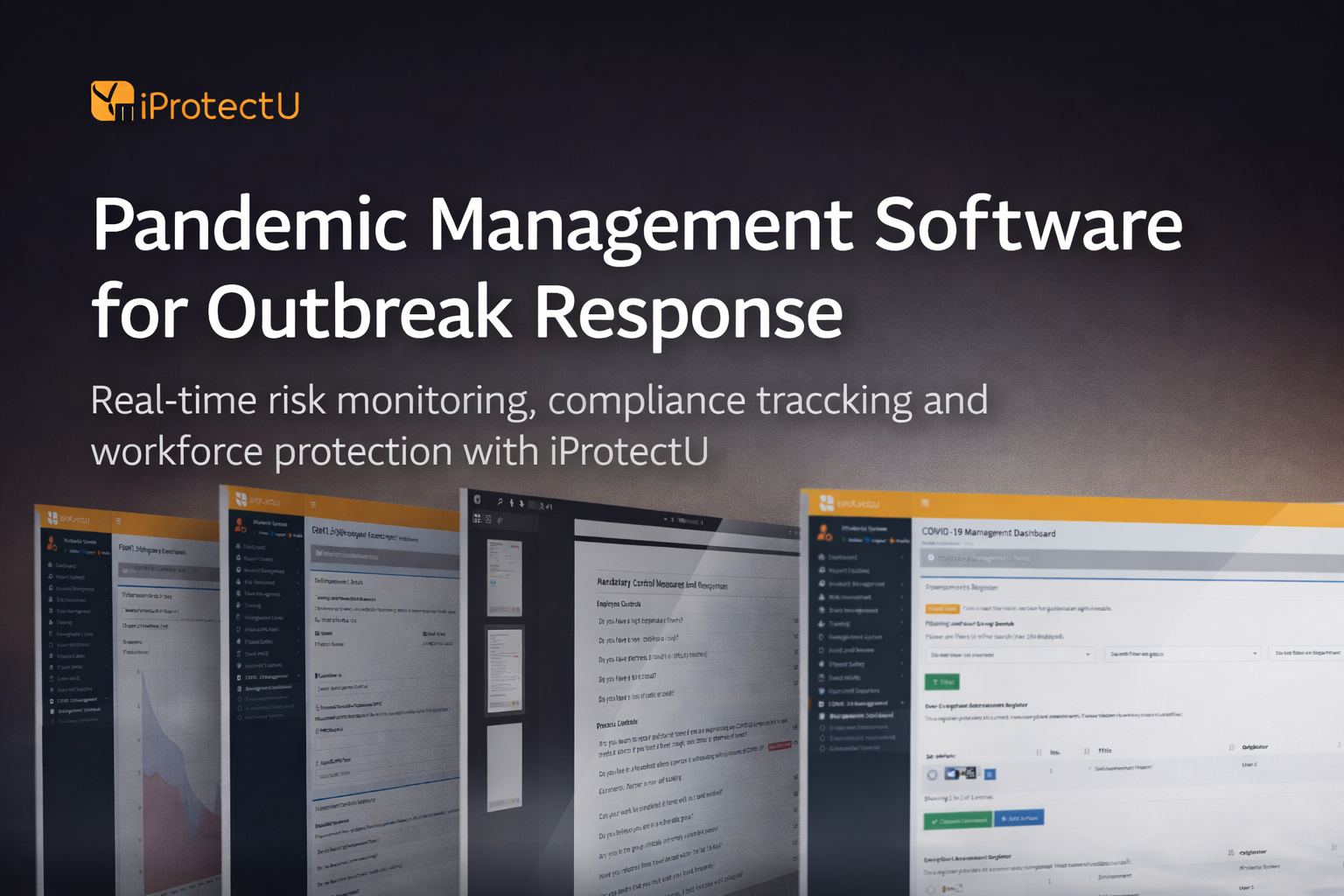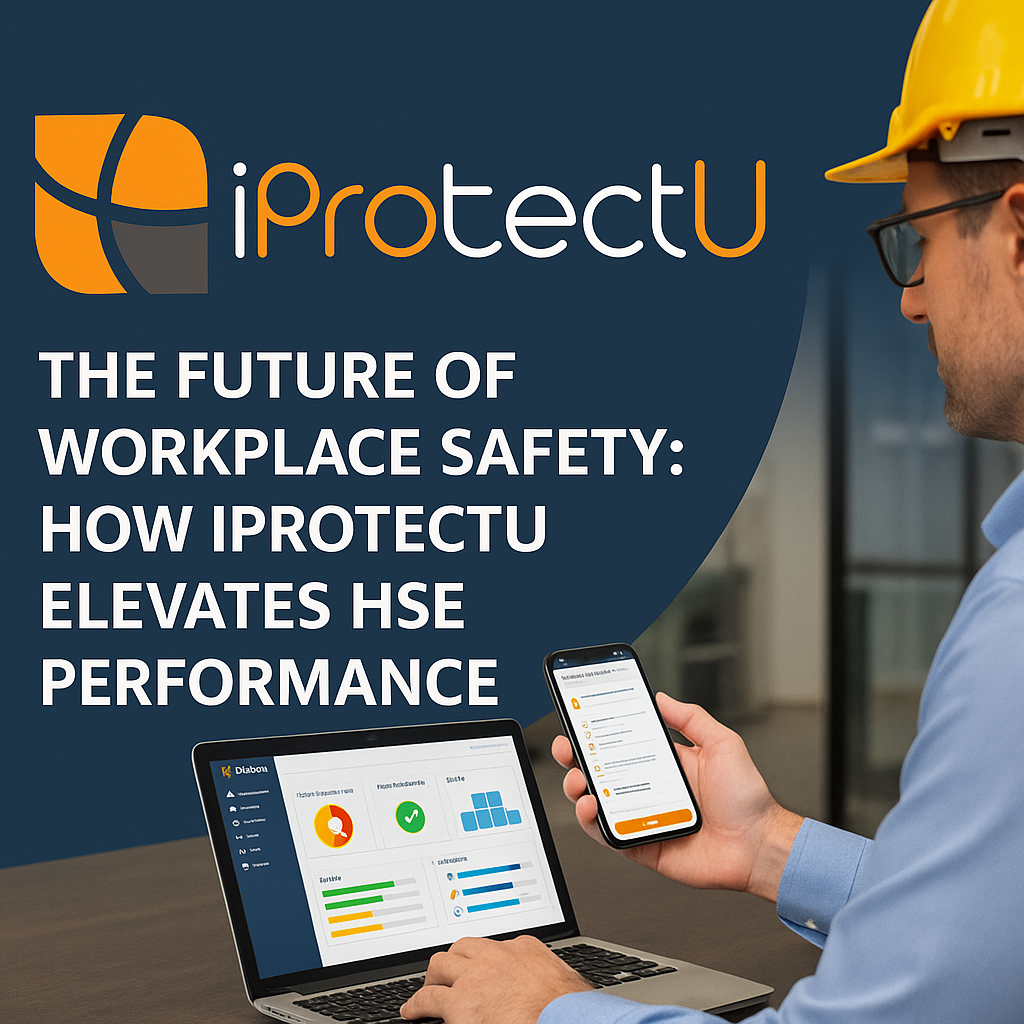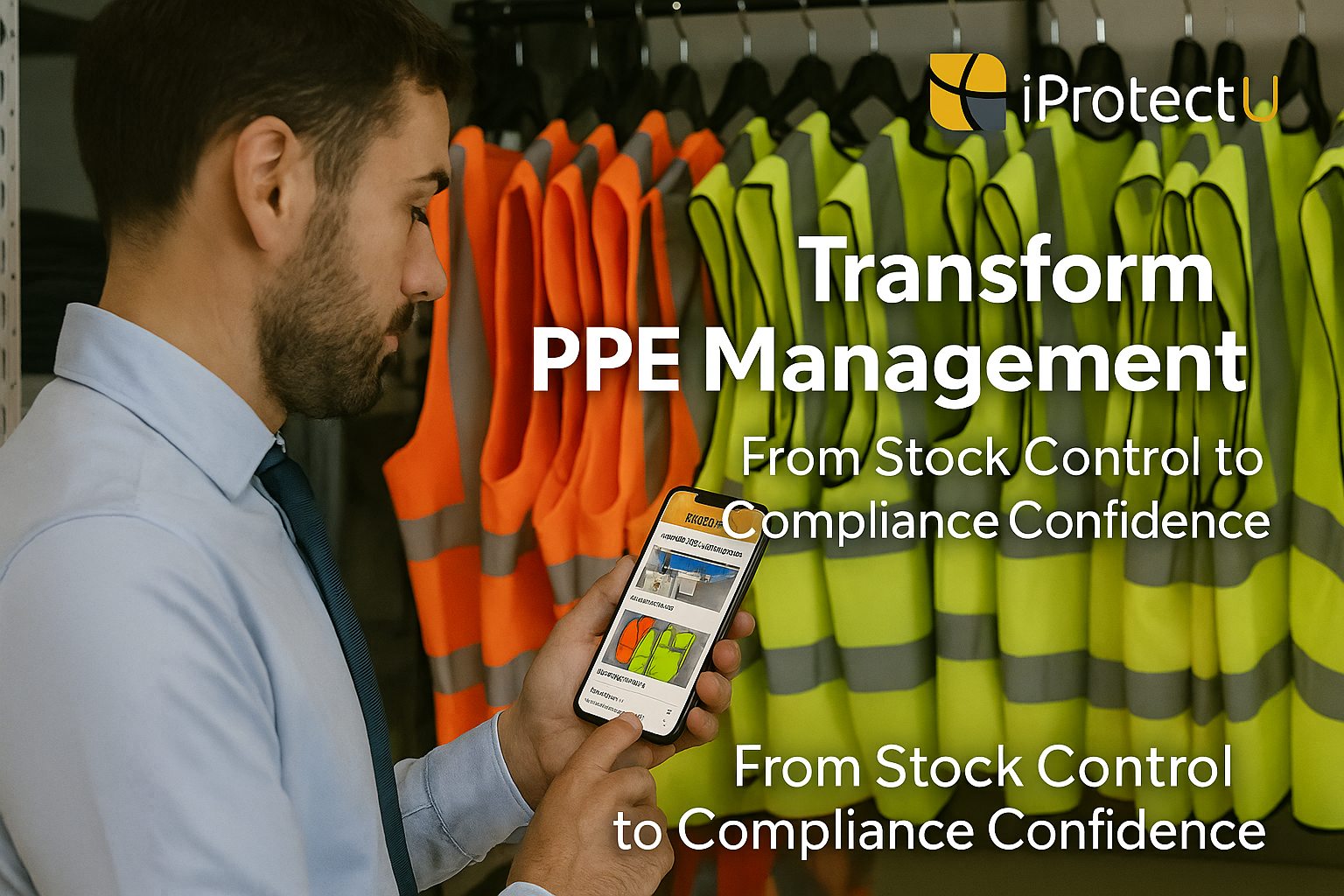
How Pandemic Management Software Helps Organisations Respond to Europe’s Escalating Flu Outbreak
Europe’s rising influenza activity underscores the importance of having the right digital tools in place.
Health and Safety Software » Health and Safety Software News » Health and Safety » Working with Abrasive Wheels – Risks and Control Measures

Health risks
The main health risks associated with the use of abrasive wheels include:
Safety risks
The main safety risks associated with the use of abrasive wheels include:
Control measures
Additional safety tips
By following these control measures and safety tips, operators can help reduce the risks associated with the use of abrasive wheels.
The iProtectU health and safety software provides:
Arrange your demonstration
Let us show you how we can transform your health and safety, risk and compliance management
Please choose a date and time for your demo. We look forward to meeting with you.

Europe’s rising influenza activity underscores the importance of having the right digital tools in place.

iProtectU is proud to support the Final Straw Foundation’s Native Oyster Restoration Project, helping restore

When a national voice like IBEC publishes your perspective, it matters.
This week, iProtectU

Modern HSE software has evolved into a strategic necessity, empowering organisations to manage risk proactively,

Managing personal protective equipment (PPE) doesn’t have to be a paperwork struggle. With iProtectU, safety

From work experience to an Amazon internship. Read how iProtectU helped empower a young talent